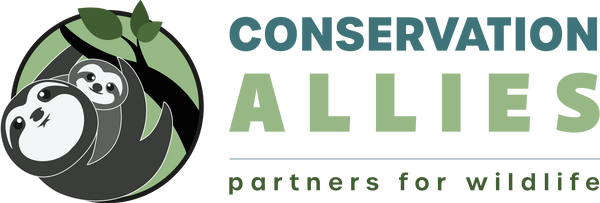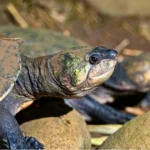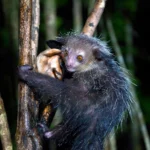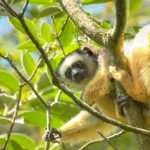The biodiversity and climate crises of today are inextricably linked. While wildlife need a healthy climate in order to thrive, the climate, too, needs biodiversity to remain balanced. In fact, wildlife removes billions of tons of carbon dioxide from the atmosphere each year.
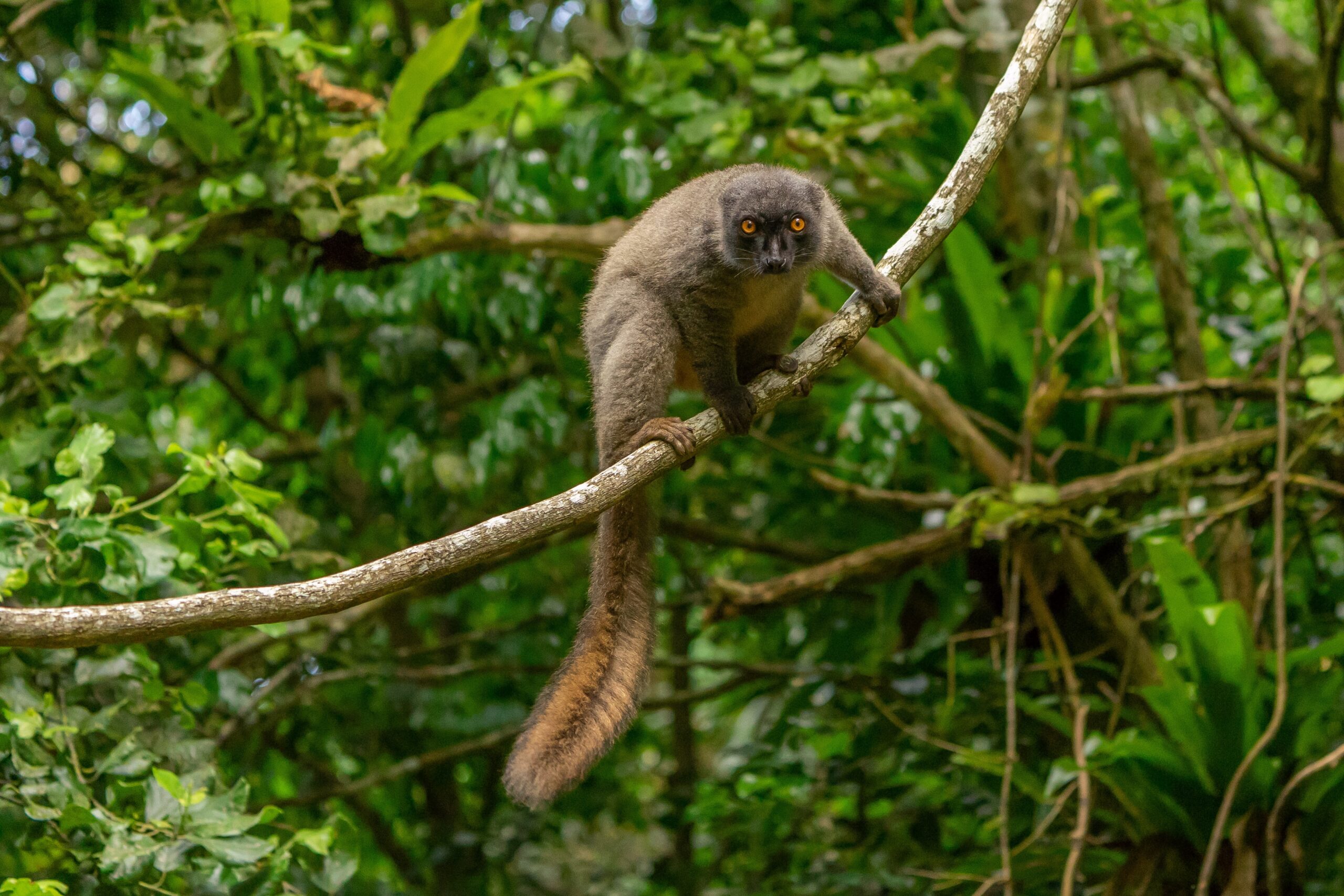
According to a recent study, conserving biodiversity around the world leads to enhanced natural carbon capture and storage through supercharging ecosystem carbon sinks. The study found that protecting certain wild species could equate to 6.41 billion tons of additional carbon dioxide being captured per year. This alone would bring us 95% of the way to meeting the Paris Agreement targets of removing enough carbon dioxide from the atmosphere to keep global warming levels below the critical 1.5-degree Celsius threshold. Traditionally, the mindset has been to protect wild animals from human impacts and climate change, often leading to separate climate and biodiversity conservation spaces. It is time for a paradigm shift, where we view wild animals as functionally interdependent with ecosystems and perhaps the greatest warriors in the fight against catastrophic climate change.
Madagascar has been devastated by rapid deforestation and biodiversity loss. In a unique reforestation project, our partner Madagascar Biodiversity Partnership has been collecting tree seeds from the droppings of Critically Endangered Black-and-white ruffed lemurs after discovering that these seeds had higher survival rates than “unfertilized” seeds. Additionally, by planting more of the trees that lemurs show a preference for, they are restoring forests that are extra lemur-friendly, creating a regenerative natural cycle that benefits both wildlife and the climate.
Similarly, in the Amazon, extensive tree clearance for agriculture, ranching, and wood and paper production has led to the degradation and devastation of forests. An unexpected ally in the task of forest rehabilitation? Tapir dung. Tapirs inhabit regions of the Amazon requiring urgent reforestation as they actually prefer to forage in degraded forests over healthier habitats. Feeding on herbs, shrubs, and nutrient-rich leaves, tapirs unintentionally sow seeds in their excrement, effectively reforesting previously burned or deforested Amazon landscapes.
As elephants walk through habitats, they inadvertently tread on small invasive plant species, stomping them out and creating favorable conditions for the growth of large trees that, in turn, store significant amounts of carbon. Beyond this, elephants play a crucial role in supporting biodiversity by aiding in seed dispersal and enriching the soil with nutrients through their dung. The absence of elephant disturbance in Africa’s rainforest would result in a seven percent reduction in its carbon storage capacity. In fact, the disappearance of elephants would mean the loss of approximately three billion tons of carbon storage. Research suggests that each living elephant contributes more than $1.75 million worth of carbon-capturing services.
On average, each great whale sequesters 33 tons of carbon throughout its lifetime. In the natural course of their life cycle, deceased whales contribute to the ocean’s carbon sequestration by transforming into sediment that nourishes the sea floor. Premature deaths of whales, whether due to commercial whaling, boat strikes, or other causes, deprive the ocean of a significant tool for carbon sequestration, reducing not only the deceased whales environmental impact, but also its potential future offspring’s.
Phytoplankton play a crucial role in capturing approximately 40% of the global carbon dioxide produced. As whales migrate across the oceans, they leave behind waste rich in iron and nitrogen. This waste fosters an optimal environment for phytoplankton growth, contributing to a healthy ecosystem and aiding in the regulation of our climate.

These are just a few examples of the ways in which wildlife contribute hugely to protecting the Earth’s climate. Through our work with conservation partners in the planet’s most threatened biodiversity hotspots, we are protecting hundreds of species and restoring millions of acres of critical wildlife habitat, leading to a healthier climate and a wilder world.
